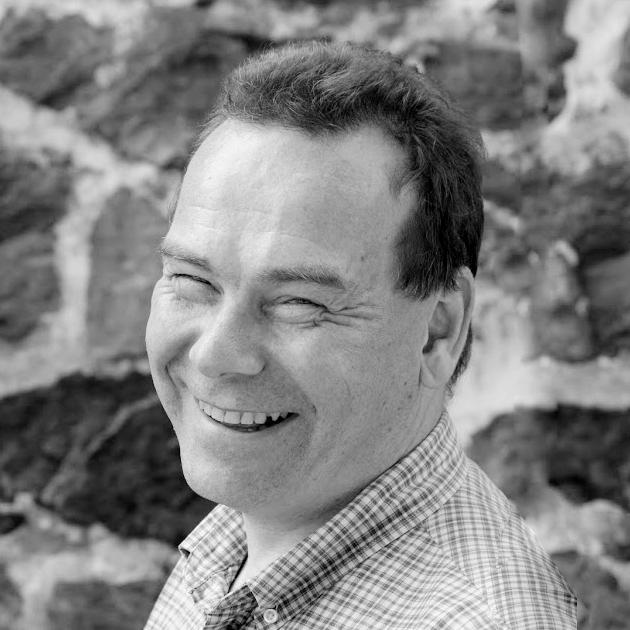Cloud free satellite images for UN field operations
Clouds are usually the biggest obstacle for leveraging satellite imagery in cloud-prone regions. We at Gispo are currently developing a tool for extracting good quality mosaic images from satellite data for UN operations. The pilot project is implemented together with the UN Open GIS initiative and the project aims is to test the tools in UNISFA-mission in South-Sudan.
For peacekeeping field operations it is crucial to get cloud-free satellite imagery from the areas of interest.
UN Open GIS is developing ‘Cloud-Free Satellite Imagery’, supported by Finland and project leading by Mr. Pekka Sarkola (@posiki) of GISPO (@gispofinland), to change analyze during the cloud covering period (i.e. rainy season) for UN field operations. pic.twitter.com/4ruTxd1GJE
— UN Open GIS (@UNopenGIS) October 25, 2020
The pilot project aims to build a tool that detects cloud-free images from European Space Agency’s (ESA) satellite imagery (Sentinel) and builds cloud-free mosaic images for fulfilling the requirements the missions have.
The tool targets to in various different UN operations and other worldwide organizations like FAO, WHO, Worldbank, and other NGOs.
How to detect clouds?
Our colleagues Mikael Vaaltola and Joona Laine at Gispo are currently working with the tool. When asked about the challenge the team faces, Mikael clarifies that there are two main challenges in generating cloud-free satellite image mosaics:
“The first one is seemingly obvious: how to detect and determine which areas are actually covered by clouds? There are multiple methods for cloud detection in satellite imagery, and finding the method with the ideal balance between detection accuracy and performance can be difficult.”
He continues and points out that:
“The second challenge is developing and refining a process to create new mosaics automatically as soon as new imagery is available. Ideally, the end result should contain the latest cloudless Sentinel 2 -data available and have a uniform appearance without noticeable gaps or edges.”
Image processing pipeline under construction
Creating cloud-free satellite imagery consists of two computationally expensive steps: firstly, detecting the clouds and generating cloud masks, and secondly, creating the resulting mosaic image from several gigabytes of data. This is taken into account in the image processing pipeline, which is designed for a horizontally scalable cloud-computing environment. All components are containerized and utilize open-source tools and libraries such as GDAL.
More information about the project:
Pekka Sarkola (pekka@gispo.fi / +358 40 725 2042)
UN Open GIS
